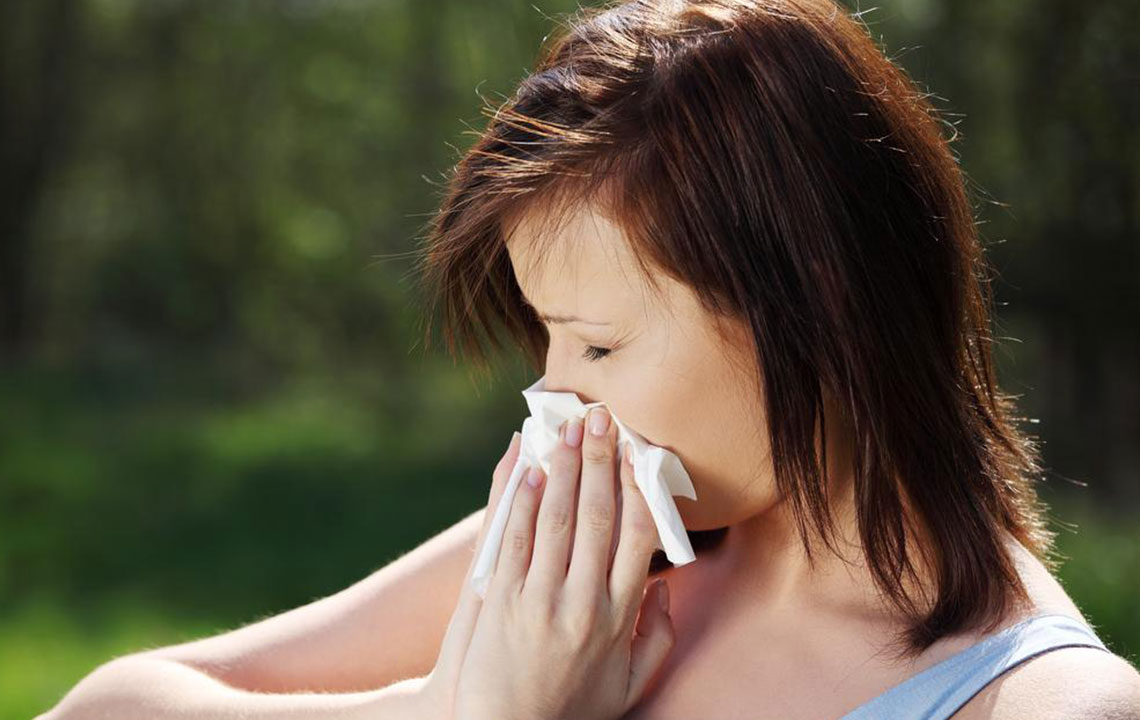Effective Treatments for Dust Mite Allergy
When your home is dusty, microscopic bugs that aren’t visible to the eye can cause allergic reactions, and affect many. Allergies resulting from household dust mites are most commonly referred to as dust mite allergy.
Dust Mite Allergy Symptoms
Dust mite allergy symptoms range from coughing, wheezing, and sneezing, to name a few. The most commonly recognized dust mite allergy symptoms are:
- Difficulty breathing
- Asthma
- Wheezing
- Leaky nasal mucus discharge
- Congestion in the nasal passages
- Itchy nose
- Itching sensation in the throat, or roof of the mouth
- Excess mucus accumulation in the nasal passage
- Cough
- Pressure on the face accompanied by pain
- Inflamed bluish skin under the eye
- In children, frequent rubbing of the nose in an upward direction
- Chest tightness and pain
- Audible warble sound during exhales
- Insomnia caused by other chronic underlying conditions like cold or flu
- Frequent bouts of coughing or wheezing, which gets worse with cold or flu
A mild condition can only result in occasional coughing or wheezing.

Seeing a doctor is highly recommended if you are facing any of the severe symptoms of dust mite allergy. The problem is, it is difficult to differentiate it from a cold or flu when it accompanies them. In such cases, if wheezing or coughing persists for longer than a week, consider visiting the doctor. Intense asthma attacks and difficulty sleeping due to the improper or interrupted flow of breathing definitely warrants a visit to the doctor, making it a serious case.
You may find your dust mite allergy symptoms worsening when vacuuming or cleaning your home.
Treatment Methods Of Dust Mite Allergy
Contrary to popular belief, dust mite allergy can be treated effectively with a few household hacks. If you optimize the cleaning process and reduce the inflow or production of dust, you’ll be shutting down your dust mite allergy symptoms gradually. Here’s what you can do to get dust mite allergy relief from the comfort of your own home:
- Use vacuums with a HEPA filter. If you’re allergic, consider using an N95 filter mask when vacuuming, sweeping, and cleaning the house to address the more serious symptom of wheezing.
- Choose wood flooring over wall-to-wall carpet flooring. Carpets accumulate more dust and saying goodbye to them can reduce the chances of encountering dust mites at home.
- “Mite-proof” cases are easily available today. Encase your mattresses, pillows, and other household essentials with these, and wash them in hot water for a thorough cleanup afterward. Also, clean your bed linens regularly with hot water.
- Keep pets out of the house or consider removing them from the room the allergic person is in. In general, keep pets out. Considering not keeping pets in the house at all, if you’re prone to dust mite allergy.
- Cover all un-refrigerated food in the house, and dispose of food waste tightly in sealed or airtight bags.
- If cockroaches and other pests come in the house and contribute to your dust mite allergy, consider hiring a pest control service to eliminate them or whittle their numbers down.
- Dust mites thrive in temperatures of 70 degrees Fahrenheit and above with 70%-80% humidity levels. Use a hygrometer and lower the humidity levels of your house below the 55% mark to keep dust mites out. You may also consider getting a dehumidifier to help you with this process. Vent fans can remove unnecessary moisture in bathrooms and the kitchen.
- Clean the house with a wet mop to avoid stirring up dust mite laden particles in the air to avoid getting an allergy cough.
- Installing a high-efficiency media filter that’s MERV rated 11 or 12 in the furnace helps immensely, along with an air conditioning unit. This creates a “whole-house” filter that keeps dust particulates away and combats dust allergy by cleaning up the air around you. Service these every six months for optimal performance.
- Other treatment methods include prescription drugs and over-the-counter medications prescribed by the doctor.
The most common medications involved in the treatment of dust mite allergy are decongestants and antihistamines. Other medications involve using corticosteroid sprays. Alternatively, you can opt for immunotherapy by means of allergy shots given by your doctor to increase tolerance towards dust mite allergies.
The most important thing to remember is that no house is dust-free, or rather, dust mite free. Your best bet is to clean your house efficiently, eat healthily, improve your immune system, exercise, and keep you dust mite allergy away naturally. Given time, care, patience, and practice, you’ll find your symptoms gradually improving. You’ll get the relief you need from dust mite allergy with a little medication and a healthy lifestyle.

